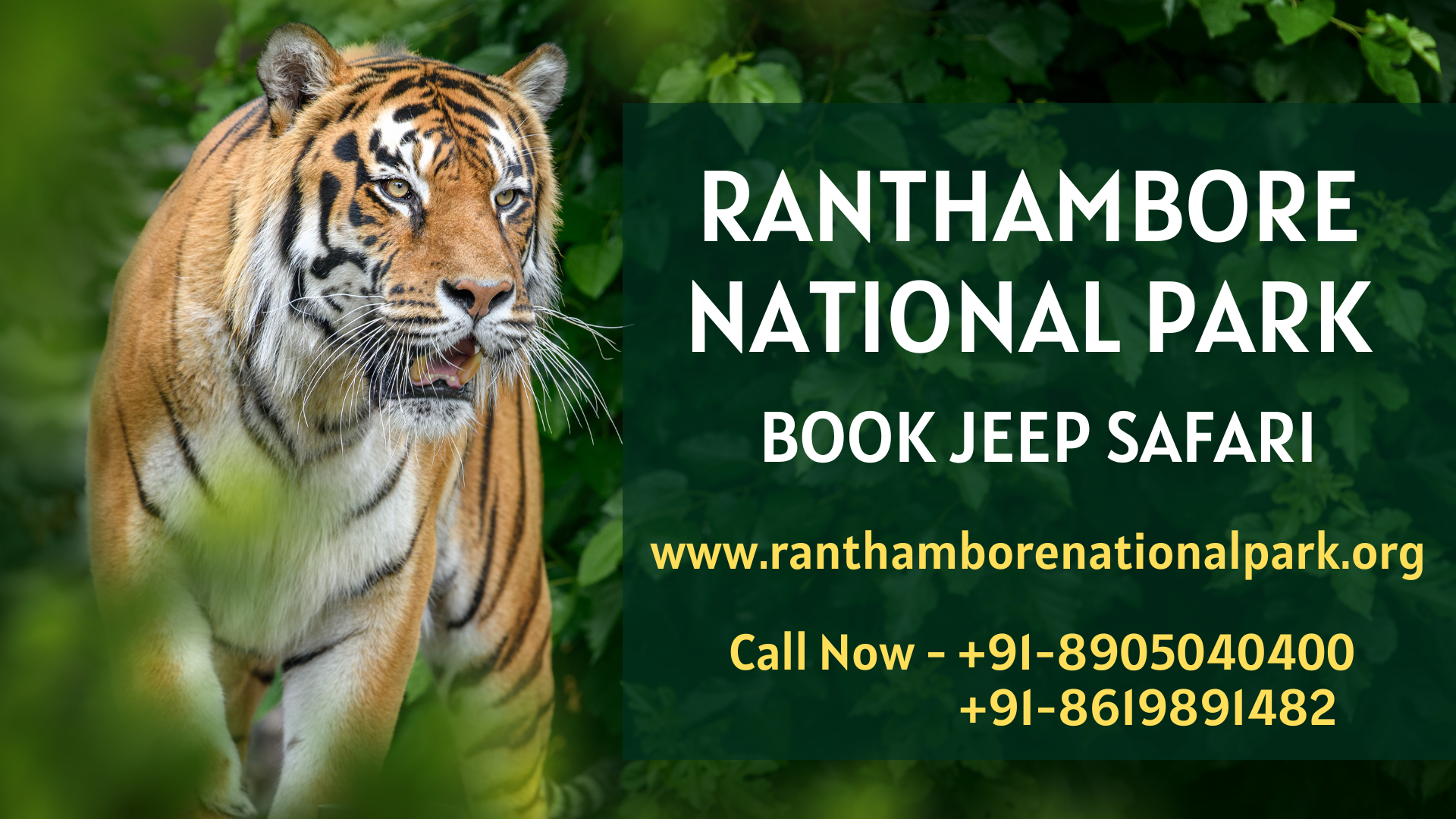Ranthambore Safari Booking: An Unforgettable Wildlife Experience

Ranthambore National Park, located in the Sawai Madhopur district of Rajasthan, India, is a wildlife lover's paradise. Understood for its majestic tigers, diverse flora and fauna, and spectacular landscapes, the park uses an unparalleled safari experience that attracts visitors from all over the world. Whether you're a seasoned wildlife photographer or a first-time explorer, booking a Ranthambore safari Booking promises an adventure that will stay with you for a lifetime.
Why Book a Ranthambore Safari?
Ranthambore is one of the best places in India to spot the Royal Bengal Tiger in its natural environment. The park's thick forests, rolling hills, and open meadows offer the ideal setting for these stunning animals to wander freely. But tigers aren't the only attraction-- Ranthambore is home to a wide variety of wildlife, including leopards, sloth bears, crocodiles, and over 300 types of birds. The park's biodiversity and the opportunity to witness wildlife in close proximity make it a must-visit destination.
Kinds Of Safaris Available
Visitors to Ranthambore National Park can pick in between two main types of safaris: the Jeep Safari and the Canter Safari
• Jeep Safari: Ideal for smaller sized groups, the Jeep Safari is performed in a 6-seater open vehicle, providing a more intimate and flexible wildlife viewing experience. The smaller size of the vehicle permits access to narrow courses and unique tracks, increasing the chances of spotting evasive animals.
• Canter Safari: The Canter Safari is a 20-seater open bus, appropriate for larger groups. While it covers similar paths as the Jeep Safari, the experience is more common, and it's an outstanding option for budget-conscious tourists.
Each safari lasts around three hours and takes place two times a day-- when in the early morning and once in the late afternoon. These timings are created to coincide with the peak activity periods of the park's wildlife, maximizing the opportunities of sightings.
Booking Your Safari.
Booking a safari in Ranthambore can be done online through the main website of the Rajasthan Forest Department or through authorized travel representatives. It is a good idea to book well in advance, specifically throughout peak seasons (October to June), as the number of vehicles allowed the park is limited to minimize ecological impact. When booking, you can pick between various zones of the park, each providing an unique landscape and wildlife experience. Zone 1 to 10 are the most popular, with Zones 1 to 5 being understood for higher opportunities of tiger sightings.
Accommodation Options
Ranthambore uses a variety of lodging choices to suit every budget plan, from luxury resorts to environment-friendly lodges and budget plan hotels. Remaining near to the park entryway is suggested for simple access to your safari, particularly for morning slots. Many resorts and hotels likewise offer bundles that include safari bookings, assisted tours, and cultural experiences, providing a thorough Ranthambore Safari Booking Ranthambore experience.
Discovering Ranthambore Fort: A Journey Through History
While the wildlife safari is the piece de resistance at Ranthambore, the park is also home to the historic Ranthambore Fort, a UNESCO World Heritage Site that includes a rich cultural measurement to your see.
A Glimpse into the Past
Ranthambore Fort, perched atop a hill within the national park, goes back to the 10th century and is one of the oldest forts in Rajasthan. The fort was a tactical defense point for the rulers of the region, controlling the trade routes in between North and Central India. It has actually witnessed various fights, particularly during the reign of the Chauhan dynasty, and later on under the control of the Delhi Sultanate.
The fort is a sprawling complex with huge stone walls, enforcing gates, and numerous temples and palaces within its premises. As you explore its ancient ruins, you can practically hear the echoes of history and envision the grandeur of the fort in its heyday.
Key Attractions at Ranthambore Fort
• Ganesh Temple: One of the most revered temples in the area, the Ganesh Temple within the fort is a significant pilgrimage site. Enthusiasts from throughout the nation visit to seek blessings from Lord Ganesh. The temple's peaceful environments and panoramic views of the park make it a peaceful retreat.
• Jogi Mahal: Situated near the Padam Talao, the largest lake in the park, Jogi Mahal was when a searching lodge for the Maharajas of Jaipur. Though closed to the public, the mahal's location offers spectacular views of the lake and the surrounding wilderness.
• The Fort's Architecture: The architecture of Ranthambore Fort is a mix of Rajput and Mughal designs, showing the numerous rulers who have occupied it over the centuries. The fort's bastions, gates, and temples are adorned with elaborate carvings and sculptures, providing a look into the creative heritage of the area.
Checking out the Fort
Checking Out Ranthambore Fort resembles going back in time. The fort can be reached by a brief trek from the park entrance, offering an opportunity to enjoy the natural beauty of the surroundings. The trail is well-maintained and provides stunning views of the park and the close-by lakes. Once inside the fort, you can spend hours exploring its various structures, each with its own story to tell.
Combining Wildlife and Heritage
A trip to Ranthambore is incomplete without experiencing both the thrilling safari and the historic fort. The mix of wildlife experience and cultural expedition makes Ranthambore a special destination, using something for everybody. Whether you're marveling at a tiger in the wild or soaking in the history of the fort, Ranthambore promises a memorable journey that will leave you with stories to share and memories to cherish.
When planning your see, guarantee you designate time for both the safari and a fort tour. By doing this, you can completely appreciate the natural and historical significance of this incredible area.